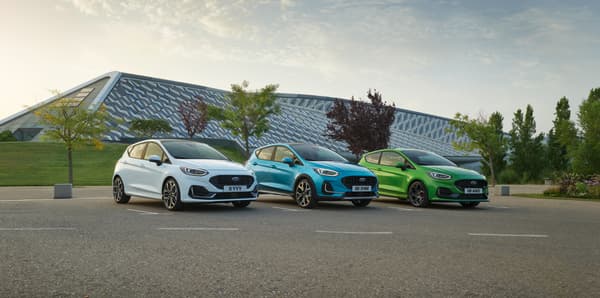After 47 years of career, 8 generations and 22 million copies produced and therefore sold worldwide, the Ford Fiesta says goodbye. The last example left the Ford factory in Cologne, Germany, on July 7.
For the record, this last copy will not be marketed but will be added to the “Ford Heritage” collection of the American giant in the United States.
Launched in 1976, the Ford Fiesta was the answer, like many cars of that time, to the oil crisis. It fell to Ford to deliver a mass-market, accessible, and, above all, fuel-efficient small city car.

A response to the oil shock
The model quickly found its audience in Europe and in particular in the UK where it monopolized the Top 10 best-selling vehicles for a long time. It was also a success in Greece and Italy, especially in the 1990s. In 1989, the Fiesta even surpassed sales in seven European countries: 500,000 models were sold during the year.
According to data from AAAdata relayed by the office511,461 Fiestas were still in circulation as of May 2023 in France.
Despite the proliferation of versions, the Ford Fiesta has nevertheless suffered from competition in recent years and in particular from the SUVs that are now the public’s preference (such as the Ford Puma).
In the small passenger car segment, the Fiesta had to contend with the Renault Clio, the Opel Corsa or the Volkswagen Polo. Not forgetting the wave of electricity. So many factors that push Ford to abandon this mythical model.
The Cologne plant now dedicated to electricity
For Ford, stopping the Fiesta also responds to an economic and technological challenge. The group now intends to focus on electrics with an ever-expanding model portfolio. And despite a strong brand image, the manufacturer has decided to turn the page on the Fiesta too associated with thermal according to him.
The Cologne plant (founded in 1930) will thus be completely dedicated to the Explorer, its new 100% electric SUV. The site has benefited from a major technical transformation that cost 2 billion euros.
Source: BFM TV

